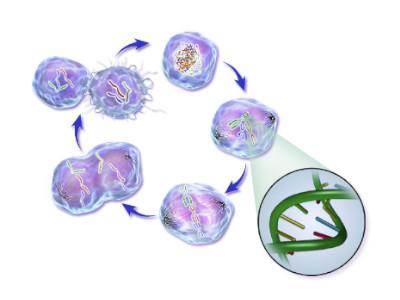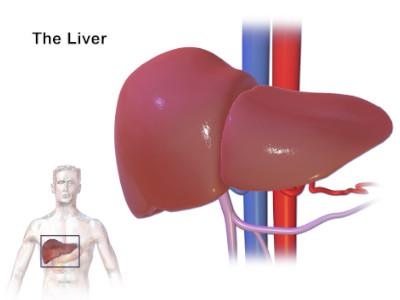
- Published on 09-Mar-2022
- 0 Likes
- 0 Comments
- 315 Times Read
When a doctor wants to evaluate the progress of colon cancer of one of his patients he or she uses a method called Staging. This method is about finding out to what extent the tumor (colon cancer) has spread to the other regions of the patients body. Once the doctors figured out in what stage the colon cancer is, they will develop the best course of action or treatment.
At this point in time the system that is most commonly used for the staging process of colon cancer is called the American Joint Committee on Cancer's (AJCC) TNM staging system. Simply put this system used for staging places the patients into one of four stages.
Stage 0
Stage 0 also known as carcinoma in situ or colorectal cancer. In this stage the colon cancer has been detected in the innermost lining of the colon.
Stage I
In this stage the colon cancer has already begun to spread. But the cancer is still in the inner lining of the rectum or colon. In this stage the colon cancer has not reached the outer walls of the colon yet. Stage I is also known as Duke A or colorectal cancer.
Stage II
In this stage the colon cancer spread more deeply into or through the colon or rectum. Possibly the colon cancer may have affected other tissue as well. In this stage the colon cancer hasn't reached the Lymph nodes (bean-sized structures which can be found in the entire body that helps the body fight all kinds of infections and diseases. Stage II is also known as Duke B or colorectal cancer.
Stage III
When you are in this stage the colon cancer has now spread to the Lymph nodes although it hasn't spread to nearby parts of the body. Stage III is also known as Duke C or colorectal cancer.
Stage IV
In this stage the colon cancer has spread through the Lymph node system to other nearby tissue. This is most commonly called metastasis. The organs that most likely are affected are the lungs and liver. Stage IV is also known as Duke D or colorectal cancer.
Recurrent Colon Cancer or Cancerous Cells
When doctors talk about recurrent colon cancer they mean that cancerous cells that have already been treated have returned. These cancerous cells could possibly have returned as colorectal cancer but they might as well return in any other part of the body too.




0 Comments